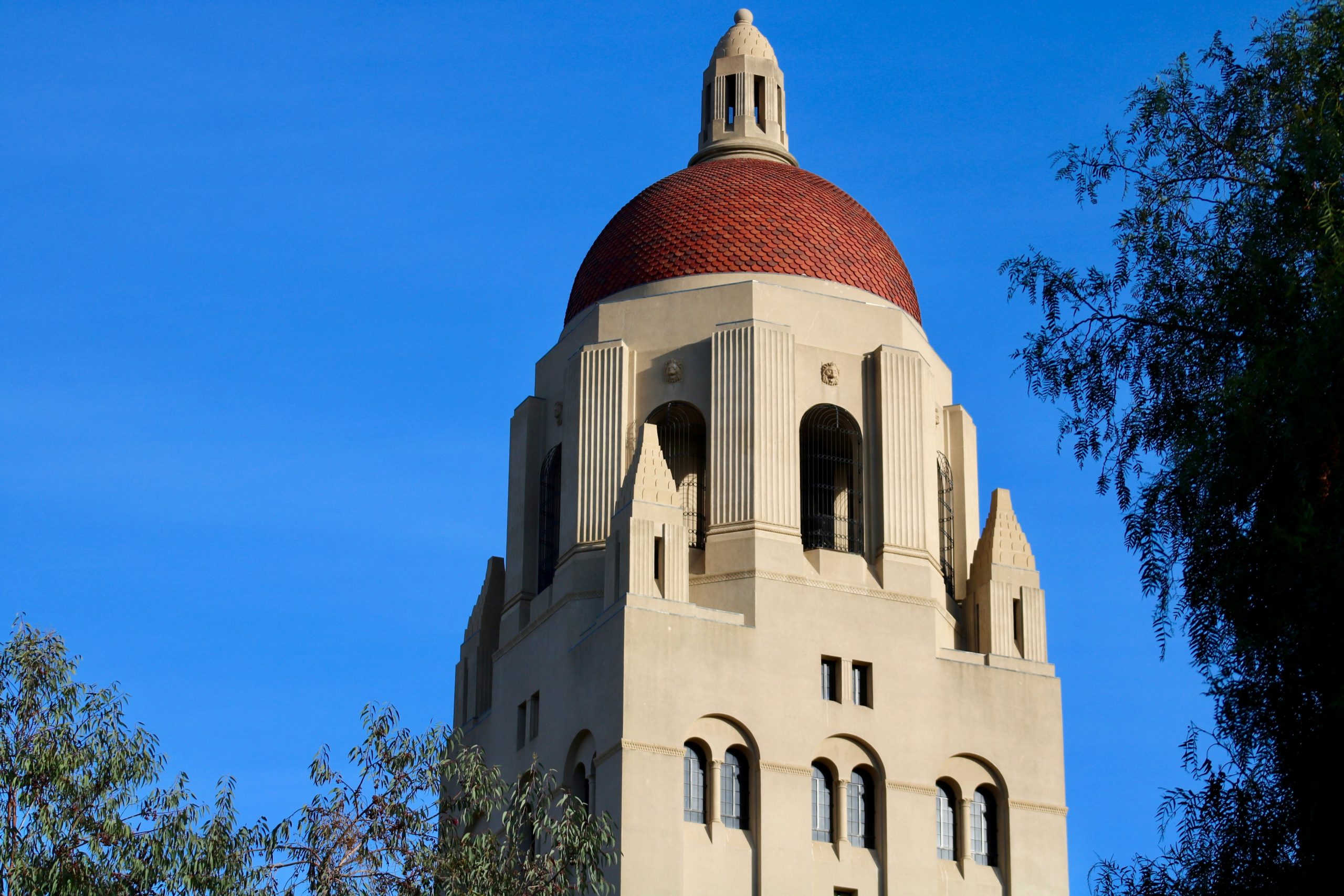Bob Kasenchak and Ahren Lehnert, Synaptica
Stanford University’s computer science department is offering a free class on Knowledge Graphs available to the public (via Zoom meeting). You can sign up by emailing this address (you will subsequently receive a link to join the online class).
First Session: What is a knowledge graph?
The first session featured three speakers (Denny Vrandečić, Jans Aasman, Mikhail Galkin) discussing definitions and general outlines of knowledge graph technologies, theory, and practice.
The following points resonate with Synaptica’s views on creating knowledge graphs with a strong ontology foundation to help clients solve practical challenges with information discovery and knowledge sharing.
- Denny Vrandečić presented on standards-based, reusable sources as a way to construct knowledge graphs from publicly accessible information such as DBpedia, Wikidata, and the Library of Congress.
- Jans Aasman was an advocate for always starting with ontologies and taxonomies when creating knowledge graphs. He said that we need standards for the nodes and the links between nodes in the form of taxonomies and ontologies.
- Mikhail Galkin said that an ontology works on the concept level, and a knowledge graph synthesizes facts with an ontology.
At the end of the session, there were questions from the attendees answered by the speakers. There was quite a bit of talk about taxonomies and ontologies as foundational structures for knowledge graphs and disagreement about the difference between an ontology and a knowledge graph. At Synaptica, we believe an ontology is a foundational structure linking external data sources to create a knowledge graph.
You can read the full series of blogs on the Stanford University Knowledge Graphs course here. You can also follow Bob and Ahren on Twitter.
Bob Kasenchak @TaxoBob
Ahren Lehnert @AhrenLehnert




